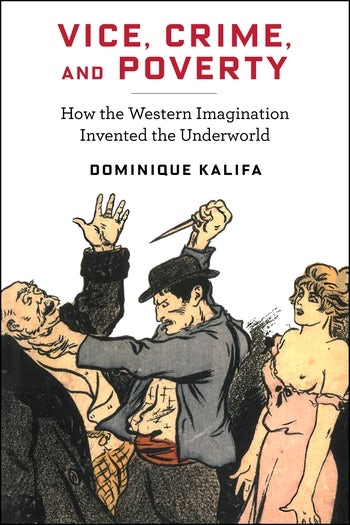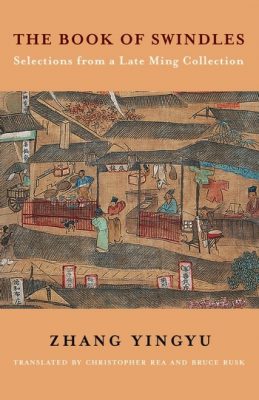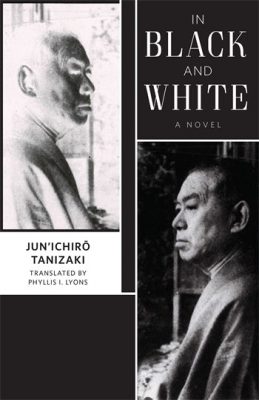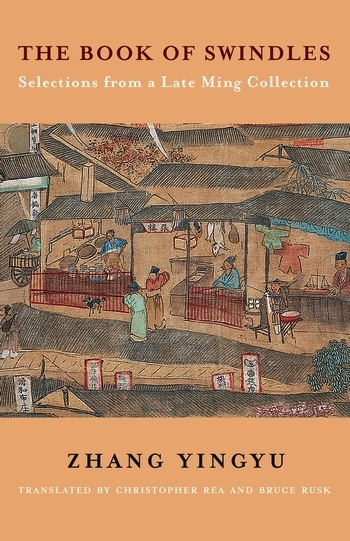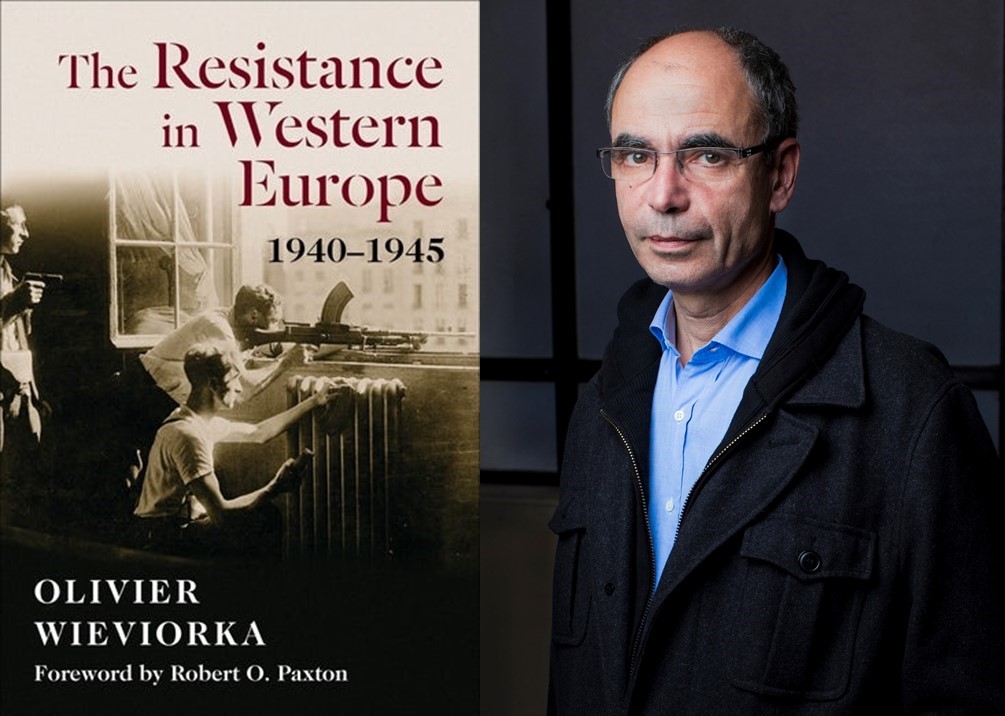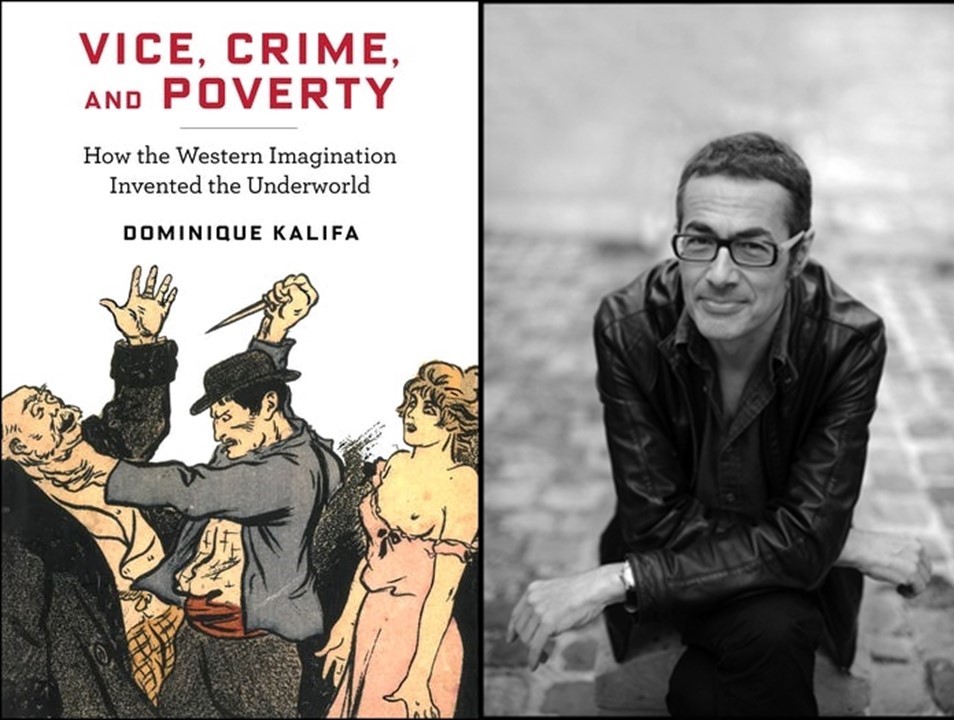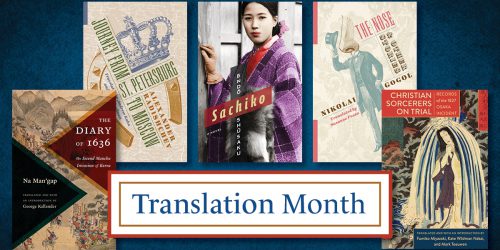Reading List: Crime, Deception and Punishment in Translation

We are continuing to explore literary translations as part of National Translation Month with this reading list of books that delve into themes of crime, deception and punishment.
• • • • • •
For an insider’s perspective, read this blog post by author Dominique Kalifa and this one by translator Susan Emanuel.
1. Vice, Crime, and Poverty
Our first featured title is Vice, Crime, and Poverty: How the Western Imagination Invented the Underworld by Dominique Kalifa and translated by Susan Emanuel. Kalifa traces the untold history of the concept of the underworld and its representations in popular culture. From the Parisian demimonde to Victorian squalor, from the slums of New York to the sewers of Buenos Aires, Kalifa deciphers the making of an image that has cast an enduring spell on its audience. While the social conditions that created that underworld have changed, Vice, Crime, and Poverty shows that, from social-scientific ideas of the underclass to contemporary cinema and steampunk culture, its shadows continue to haunt us.
Read this guest blog post in celebration of Yuz Aleshkovsky’s 90th birthday, written by editor Susanne Susso
2. Nikolai Nikolaevich and Camouflage
Crime and deception meets post-WWII narratives in Nikolai Nikolaevich and Camouflage: Two Novels by Yuz Aleshkovsky and translated by Duffield White. The first story follows Nikolai, who is released from prison after World War II and finds a job in a Moscow biological laboratory. The hero finds himself at the center of the 1948 purge of biological science in the Soviet Union, in a tale that joins science fiction and fact with gulag slang and a love story. The second story, Camouflage follows a group of friends who are part of a vast camouflaging operation organized by the Party to hide the underground military-industrial complex from spy satellites. The stories expose the stark reality of Societ Russia through Aleshkovsky’s mastery of the comic first-person narrative.
Professor José Vergara shares how he uses Between Dog and Wolf in this guest blog post.
3. Between Dog and Wolf
Between Dog and Wolf, Sasha Sokolov’s second novel has long intimidated translators because of its complex puns, rhymes, and neologisms. Language rather than plot motivates the story—the novel is often compared to James Joyce’s Finnegans Wake—and time, characters, and death all prove unstable. The one constant is the Russian landscape, where the Volga is a more-crossable River Styx, especially when it freezes in winter. Sokolov’s fiction has hugely influenced contemporary Russian writers. Now, thanks to Alexander Boguslawski’s bold and superb translation, English readers can access what many consider to be his best work.
4. Lust, Commerce, and Corruption: An Account of What I Have Seen and Heard
Japan in 1816 was believed to be on the rise after recovery from famine and political reforms, but this anonymous Edo soldier produced this scathing critique of Edo society in Lust Crime and Corruption: An Account of What I Have Seen and Heard. Under the name Buyo Ishni, the soldier speaks of the corruption of samurai officials, the suffering of the poor in villages and cities, the operation of brothels and other shady aspects of Edo life. Mark Teeuwen, Kate Wildman Nakai and Anne Walthall undertook the translation of this featured title offering narrative insight to Edo society and history to English readers.
5. History of the Mafia
Depictions of the Italian Mafia in pop culture only give us part of the story. Salvatore Lupo has written the definitive account of the Sicilian Mafia from 1860 to the present, in the book History of the Mafia, translated by Antony Shugaar, taking knowlege of the Mafia further than the stories we have heard in The Godfather and The Sopranos. Lupo identifies the internal cultural codes that define the Mafia and places these codes within the context of social groups and communities. He also challenges common conceptions of how the Mafia is evolving, arguing that terroristic activities of the modern Mafia signify a new desire for visibility and a distinct break from the state.
6. The Book of Swindles
The Book of Swindles: Selections from a Late Ming Collection, which was ostensibly written as a manual for self-protection in this shifting and unstable world by Zhang Yingyu in China during the Ming period, also offers an expert guide to the art of deception. Among the stories that Yingyu tells are of bogus alchemists who pretend to turn one piece of silver into three, a pair of dubious monks who extort money from a powerful official to spend on whoring, and of sorcerers that use charmed talismans for mind control and murder. These stories translated by Christopher Rea and Bruce Rusk are interlaced with the authors commentary and warnings of a world in peril.
For more of the translation of the novel, read Phyllis I. Lyons’ guest blog post from last years celebration of National Translation Month.
7. In Black and White
In Black and White, one of the lesser known novels by Jun’ichirō Tanizaki, but the translation by Phyllis I. Lyons has restored it to its rightful place among Tanizaki’s works. The novel, which has made the longlist for the National Translation Award in Prose, is a murder mystery in which the lines between fiction and reality are blurred. The writer Mizuno has penned a story about the perfect murder of a victim modeled on an acquaintance. Mizuno accidentally publishes the man’s real name, but it is too late to remove. He then becomes terrified that an actual murder will take place and finds himself entangled in paranoid fantasies.
Categories:National Translation MonthReading ListTranslation
Tags:Between Dog and WolfDominique KalifaDuffield WhiteHistory of the MafiaIn Black and WhiteKate Wildman NakaiLust Commerce and CorruptionMark TeeuwenNikolai Nikolaevich and CamouflageSalvatore LupSasha SokolovThe Book of SwindlesVice; Crime; and PovertyWeek 2: NTM2019Yuz AleshkovskyZhang Yingyu

